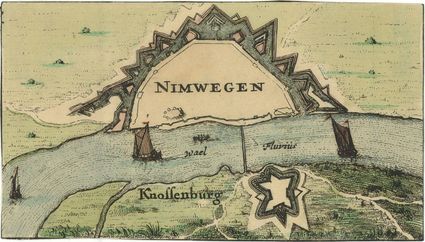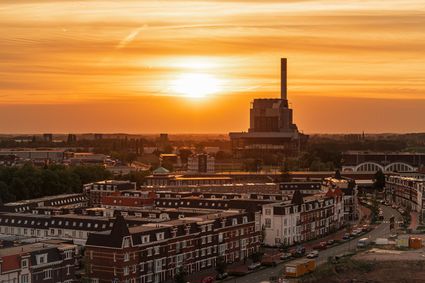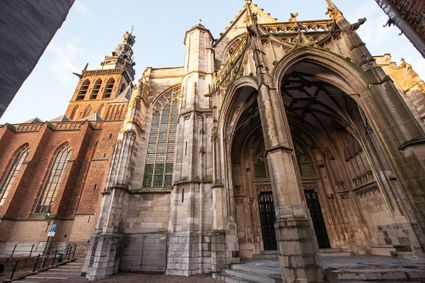Roman soldiers, army camps, and forts
Nijmegen is bursting at the seams with historical stories, ranging from leading figures to ordinary people, from neighbourhoods to political events. The Canon of Nijmegen encompasses the most important stories about Nijmegen’s history. One of these stories tells the tale of the arrival of the first Roman soldiers in this region, around 19 B.C. They stayed here more or less consistently for more than four centuries. In that time, Roman army camps and forts arose in various parts of Nijmegen.
19 B.C.: 15,000 Roman soldiers in the East of Nijmegen
The first Roman soldiers to arrive built a large army camp, encompassing 42 hectares, on Hunnerberg, a plateau in the East of Nijmegen. It could accommodate an army of 15,000 soldiers and was surrounded by an earthen wall which had wooden watchtowers spaced every 24 metres. The soldiers would enter and leave the camp through wooden gates, which were flanked by large wooden towers. After a couple of years of use, this camp was evacuated and abandoned.
Shortly afterwards, in around 10 B.C., a smaller army camp, encompassing 5 hectares, arose on the Kops Plateau. This camp, like the previous one, was surrounded by an earthen wall, which was lined with wood both on the inside and the outside. Archaeologists have excavated the two main roads of the camp, which crossed at its headquarters. They also found traces of a luxurious residence which probably belonged to the camp commander. This suggests that the camp didn’t house a regular army unit, but rather served as a command post for the army’s leadership.
 The excavation of the Roman pottery and tile factory at the Hoge Holdeurn.
The excavation of the Roman pottery and tile factory at the Hoge Holdeurn.
9 A.D. – 104 A.D.: from defeat to revolt
From the command post at the Kops Plateau, Roman soldiers and their captains left for Germania. At the time, the Roman Empire was trying to annex the entire area up to the Elbe, but their strategy failed miserably. In 9 A.D., general Varus suffered a crushing defeat in Teutoburg Forest, after he and his troops had been ambushed. Later, the Emperor and his commanders decided to abandon the conquest of Germania. The Rhine, not the Elbe, ultimately became the Northern border of the Roman Empire.
In 69 A.D., the Batavians in the regions rebelled against their Roman conquerors. Either during the revolt or shortly after it, the army base on the Kops Plateau was abandoned. The revolt was quickly smothered. Soldiers of the Tenth Legion, who were deployed to keep the peace after the revolt, built a new fort on Hunnerberg – the same place as the former army camp, but much smaller in size. In 104 A.D., the Tenth Legion left the area, but the camp remained in use until the end of the second century.
5th century: leaving the region
This was followed by a period of great unrest: Germanic tribes continuously crossed the border of the of the Roman Empire and made the region unsafe. In the fourth century, the Romans built another fort (castellum) at the Valkhof. In order to quickly communicate with other forts in the region, the roads connecting them had to be heavily guarded. That’s why the Romans built a watchtower in Heumensoord, along the road from Nijmegen to Cuijk. At the start of the fifth century, they permanently left the region.
Immerse yourself in the rich history of the oldest city in the Netherlands, because Nijmegen has a lot of stories to tell you. Curious? You can read all about it in this historical timeline.



